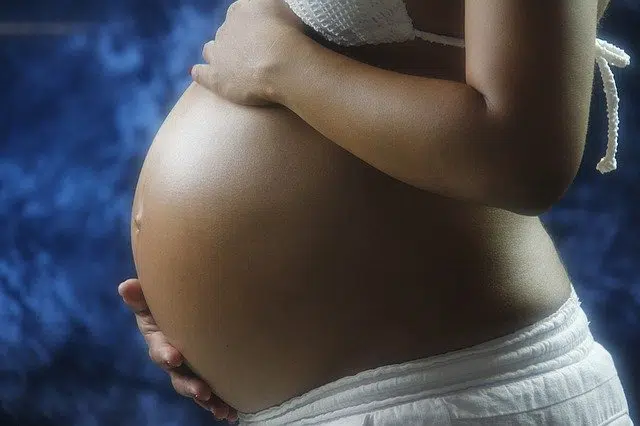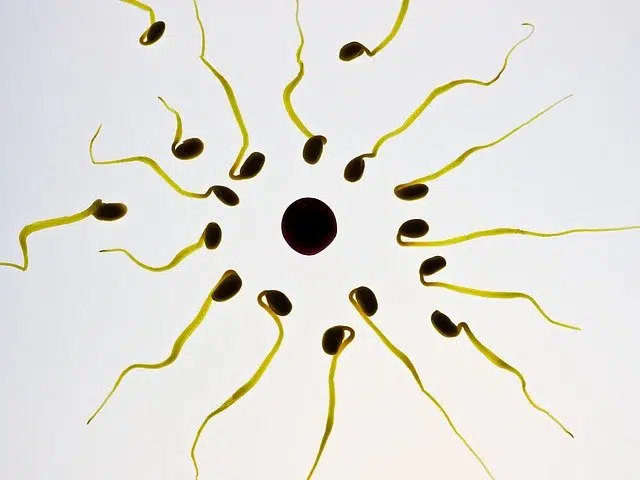
Thanks to oogenesis, a woman produces eggs and can become pregnant.
Before proceeding to establish the meaning of the term oogenesis, it is essential that we determine its etymological origin. In this sense, we can say that it derives from Latin, since it is made up of two words from that language:
• The noun «ovum», which can be translated as «egg».
• «Genesis», which is synonymous with «origin» or «birth».
The process of creating eggs is called oogenesis . Its development involves meiosis of a diploid cell , forming a functional haploid cell (the female gamete, that is, the egg) and three others that are not functional.
Oogenesis, therefore, is a class of gametogenesis : the creation of gametes from meiosis . This type of procedure allows the number of chromosomes found in the cells to be reduced, going from diploid to haploid. In the case of oogenesis, it takes place in the ovaries .
How oogenesis occurs
In women , the germ cells develop into oogonia , which give rise to oocytes and, finally (after maturation), to eggs. It can be said, therefore, that oogenesis consists of the development, maturation and release of eggs starting at puberty .
With the female gamete already mature, the woman is able to become pregnant and give birth. For this to be carried out, the egg must be fertilized by the sperm (the male sexual gamete).

Oogenesis and spermatogenesis are gametogenesis processes: they enable the formation of gametes.
spermatogenesis
It must be said that, usually, when talking about oogenesis another term that is linked almost indissolubly quickly appears. We are referring to spermatogenesis. It must be stated that it has two important hallmarks:
• As its name indicates, it is produced in the testicles. It is therefore a process that has to do with man.
• It is carried out by a diploid type cell that responds to the name of spermatogonia and that "generates" four sperm.
Similarities between oogenesis and spermatogenesis
However, although oogenesis and spermatogenesis are different, it is undeniable that they have a series of points in common. Specifically, these are the most significant:
• They are produced in what are the reproductive systems.
• There are two forms of sexual reproduction .
• Both processes are prior and fundamental for gametogenesis to take place.
• In both cases, sex cells are produced.
• No less important is that in both processes they have presence and value from meiotic type divisions to others of the mitotic class.
• Likewise, we must not overlook that both oogenesis and spermatogenesis begin from the process of mitosis .
menstruation
Menstruation is the name given to the female cycle that involves the maturation and release of the eggs. It develops every about twenty-eight days from puberty to menopause.
In menstruation itself, three internal cycles can be recognized: the ovarian cycle (with the maturation of the oocyte), the uterine cycle (the conditioning of the environment) and the cervical cycle (which enables the arrival of the sperm to the egg).
